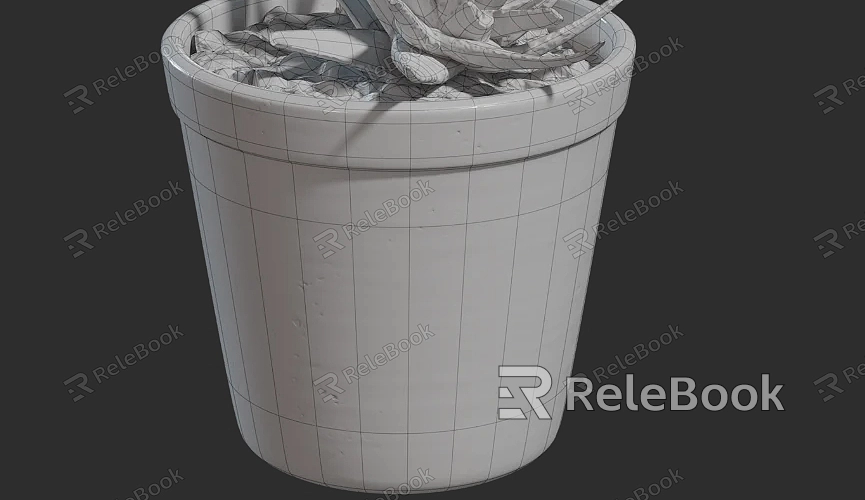Creating a Weathered Ceramic Vase Model in Blender
The challenge of crafting a weathered 3D ceramic vase model using Blender is not as daunting as it may seem. In 3D design software, various 3D models can be created, and when combined with high-quality 3D textures, more realistic effects can be rendered. Below is a guide on how to use Blender to create a weathered and historically rich ceramic vase model, presenting realism and a distinctive broken effect through modeling, texture painting, and rendering. I hope you find this helpful.

1: Basic Modeling
Open Blender to create a new project and begin constructing the basic structure of the ceramic vase. Utilize Blender's modeling tools, such as cylinders or surfaces, adjusting dimensions and shapes to shape the overall appearance of the vase.
2: Adding Details and Weathering Effects
Use sculpting tools to add details and weathering effects to the ceramic vase. Employ sculpting and deformation tools to simulate cracks, wear, and breakages on the surface of the ceramic. Pay attention to the damaged areas, giving the vase the appearance of having weathered the test of time.
3: Texture Painting
Choose or create appropriate texture images, including colors, patterns, and broken textures on the ceramic surface. In Blender, use UV mapping tools to correctly apply the texture to the surface of the vase. Ensure that the texture images are naturally mapped to each part, making the ceramic vase look more authentic. If you prefer not to paint your own textures, you can also download high-quality 3D texture maps from Relebook and import them into Blender.
4: Adjusting Material Properties
In Blender's material editor, adjust the material properties of the ceramic vase, including color, reflectivity, and glossiness. Tailor different sections of the material based on the extent of damage to create a unique and eye-catching effect.
5: Lighting and Rendering
Set up appropriate lighting effects for the vase to highlight its details and textures. By adjusting ambient light, the position, and intensity of lights, ensure that the vase renders realistically. Proceed with the final rendering to generate a high-quality image.
By following these steps in Blender, you can create a weathered ceramic vase model that not only looks authentic but also tells a visual story of its age and character.

